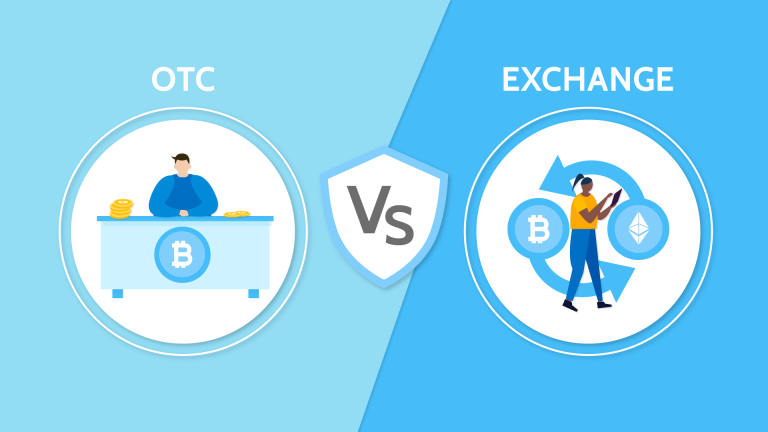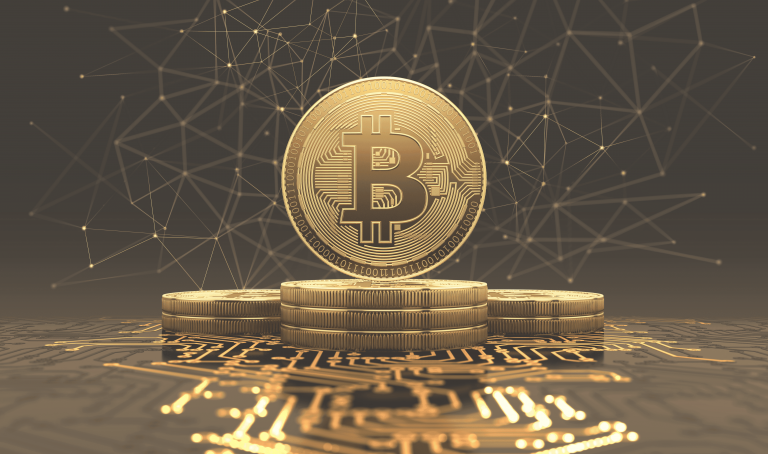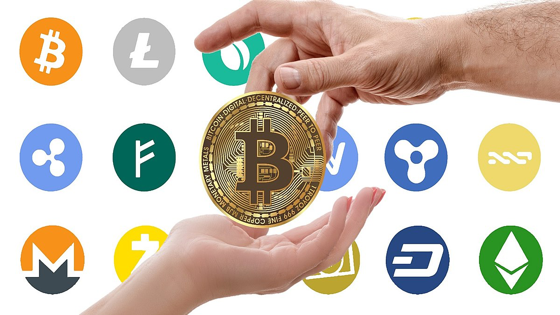What is Polygon (MATIC)? Everything You Need to Know!
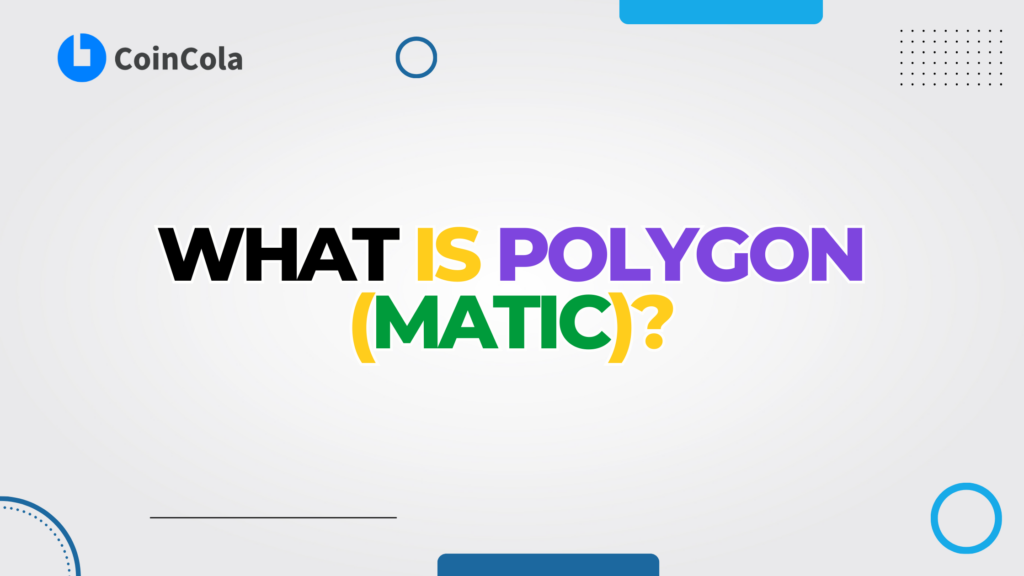
When it comes to the world of cryptocurrency and blockchain, there are tons of projects out there promising to revolutionize the space. But let’s be honest, it can get confusing, right? One name that’s been buzzing around for a while now is Polygon (MATIC). If you’ve been wondering, “What exactly is Polygon?” or “Why is MATIC all over the place?” well, you’re in the right spot. Let’s break it down in simple terms that even your tech-challenged friends will understand!
What is Polygon (MATIC)?
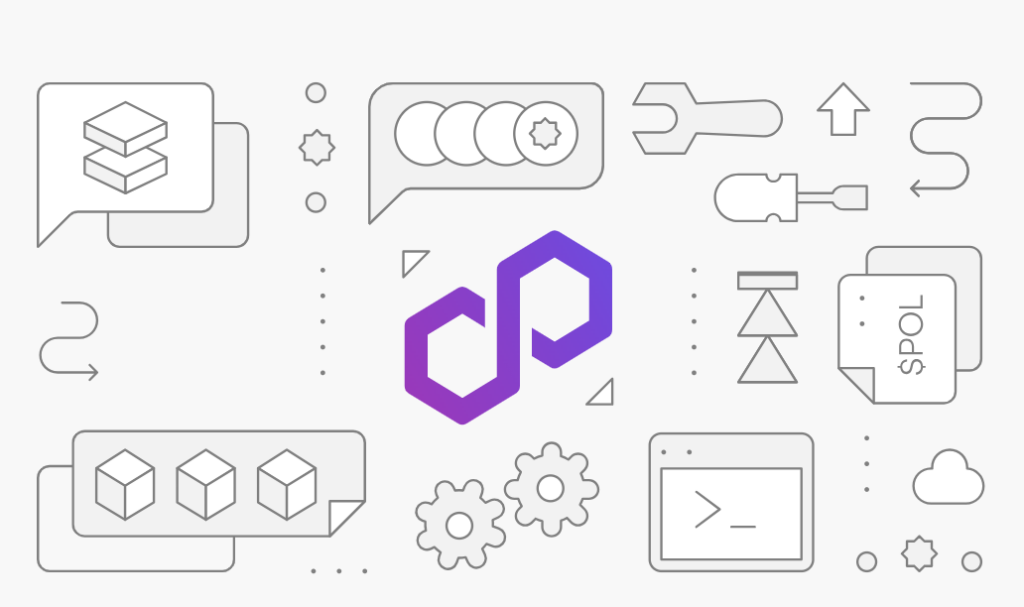
Polygon, formerly known as Matic Network, is a scalable blockchain platform built to connect and grow Ethereum-compatible blockchain networks. In other words, it’s like a “layer 2” solution for Ethereum that helps speed things up and make transactions cheaper. Ethereum’s great, but sometimes it’s slow and expensive (you know what I mean if you’ve ever tried moving tokens around and watched gas fees eat your funds).
That’s where Polygon comes in. It makes Ethereum more practical and user-friendly. So, if Ethereum is a superhighway, Polygon builds the extra lanes, so traffic jams (slow transactions) don’t drive everyone crazy.
A Quick History of Polygon (MATIC)
Polygon wasn’t always Polygon. It started out as Matic Network in 2017, created by three Indian developers – Jaynti Kanani, Sandeep Nailwal, and Anurag Arjun. They saw Ethereum’s growing pains and decided to solve the problem.
Fast forward to February 2021, Matic Network rebranded to Polygon, and they didn’t just change the name—they upgraded the whole idea behind the project. Now, Polygon is known as “Ethereum’s Internet of Blockchains,” a framework for creating Ethereum-compatible blockchains.
You may like: What is Polymarket? Is Polymarket legit?
How Does Polygon (MATIC) Work?
At its core, Polygon is a layer-2 scaling solution. But what does that mean? It means Polygon runs on top of Ethereum and helps process transactions faster and at a lower cost.
Here’s how it works:
- Layer 2 Scaling: Polygon uses a technology called sidechains to process transactions off the Ethereum main chain. These sidechains run parallel to Ethereum and are connected to it, so when you need to finalize transactions, they go back to Ethereum.
- Plasma Chains: Another cool feature is Plasma chains, which allow transactions to happen off-chain (saving you gas fees) and then batch those transactions and secure them on Ethereum.
- Proof-of-Stake (PoS): Polygon uses Proof-of-Stake consensus, which is faster and less resource-intensive than Ethereum’s Proof-of-Work system.
You may like: What is Airdrop? Unlocking Free Crypto! What is Solana (SOL)? – The Ultimate Guide for Beginners
Why is Polygon (MATIC) Important?
Alright, let’s cut to the chase—why should you care about Polygon? Here are some reasons why this platform is shaking up the crypto world:
- Cheaper Transactions: You’ve probably heard people complain about high gas fees on Ethereum. Polygon cuts those costs down significantly.
- Faster Transactions: Ethereum can handle only about 30 transactions per second, while Polygon can process up to 65,000! No more waiting around for ages.
- Ethereum Compatibility: Since it works closely with Ethereum, developers can use the same tools they’re familiar with, but on a faster, cheaper network.
- Multi-chain Ecosystem: Polygon isn’t just a one-trick pony. It allows different blockchains to interact, making it a multi-chain solution.
What is the MATIC Token?
So, we’ve talked a lot about Polygon, but what about MATIC? If you’ve been trading or watching the crypto markets, you’ve likely seen MATIC flying around the charts. MATIC is the native token of the Polygon network. But it’s not just a token; it’s the lifeblood of the platform.
Here’s what MATIC is used for:
- Transaction Fees: MATIC is used to pay for transactions on the Polygon network.
- Staking: You can stake MATIC to help secure the network and earn rewards.
- Governance: MATIC holders get to vote on changes and upgrades to the Polygon network.
You may like: What is Stellar (XLM)?
Polygon’s Key Features
Polygon isn’t just some Ethereum booster. It comes packed with its own unique features that make it a standout platform. Let’s break down some of these features:
- Scalability: Polygon dramatically improves the scalability of Ethereum-based applications, enabling higher throughput without sacrificing security.
- Security: It leverages Ethereum’s robust security, but adds its own level of security through its own validators.
- Interoperability: Polygon doesn’t just play nicely with Ethereum—it can work with other blockchains too.
- Developer-Friendly: One of Polygon’s main strengths is how easy it is for developers to jump in and start building, thanks to its Ethereum compatibility.
What Makes Polygon Different from Ethereum?
This is one of the big questions people ask. If Ethereum is already a beast, why do we need Polygon? The answer boils down to a few key points:
- Speed: As mentioned earlier, Ethereum can get clogged up, especially during periods of high usage (like during NFT drops). Polygon speeds things up significantly.
- Cost: Polygon’s lower transaction fees are a game-changer, especially for smaller users or developers who want to launch apps without getting hit with huge costs.
- Scalability: While Ethereum 2.0 is on the horizon, Polygon offers scalability solutions right now, allowing apps to grow without hitting the brakes.
How to Buy Polygon (MATIC)
Ready to get your hands on some MATIC? It’s pretty simple. You can buy MATIC on most major crypto exchanges like:
- Binance
- Coinbase
- Kraken
- CoinCola (Coming soon.)
Just sign up for an account, verify your identity, and you’re ready to trade. You can purchase MATIC using a variety of methods, including credit cards, bank transfers, and even peer-to-peer (P2P) markets for a more private option.
Polygon’s Ecosystem – More Than Just a Blockchain
Polygon has a rapidly growing ecosystem, and it’s not just about scaling Ethereum anymore. The platform supports a wide range of decentralized applications (dApps). From DeFi (Decentralized Finance) to NFTs (Non-Fungible Tokens), you can do a lot on Polygon.
Some popular projects using Polygon include:
- Aave: A decentralized lending platform.
- SushiSwap: A decentralized exchange (DEX).
- OpenSea: The largest NFT marketplace.
How Polygon MATIC is Driving the Future of DeFi
DeFi (Decentralized Finance) has taken the crypto world by storm, and Polygon is playing a massive role in this space. With lower fees and faster transaction times, many DeFi platforms are moving to Polygon. Whether you’re staking, lending, or farming, Polygon makes it easier and more cost-effective.
You may like: What is Peer-to-Peer (P2P) Exchange
Final Thoughts on Polygon (MATIC)
So, there you have it! Polygon (MATIC) is more than just a scaling solution—it’s a blockchain juggernaut in the making. From its ability to speed up transactions to making Ethereum more accessible for developers and users alike, it’s clear why Polygon is such a big deal in the crypto space.
If you’re looking to dive deeper into the world of decentralized finance or just want to avoid Ethereum’s crazy fees, Polygon is worth checking out. The MATIC token isn’t just a currency—it’s a gateway to one of the most exciting and innovative blockchain platforms out there.
FAQs
A: MATIC is used to pay transaction fees on the Polygon network, participate in staking, and vote on governance decisions.
A: Polygon is a layer-2 solution that makes Ethereum faster and cheaper to use by processing transactions off-chain.
A: Yes, you can stake MATIC to earn rewards and help secure the network.
A: You can buy MATIC on major exchanges like Binance, Coinbase, and CoinCola using fiat or cryptocurrency.
A: Polygon is the rebranded version of Matic Network, with an expanded vision to create an internet of blockchains.
